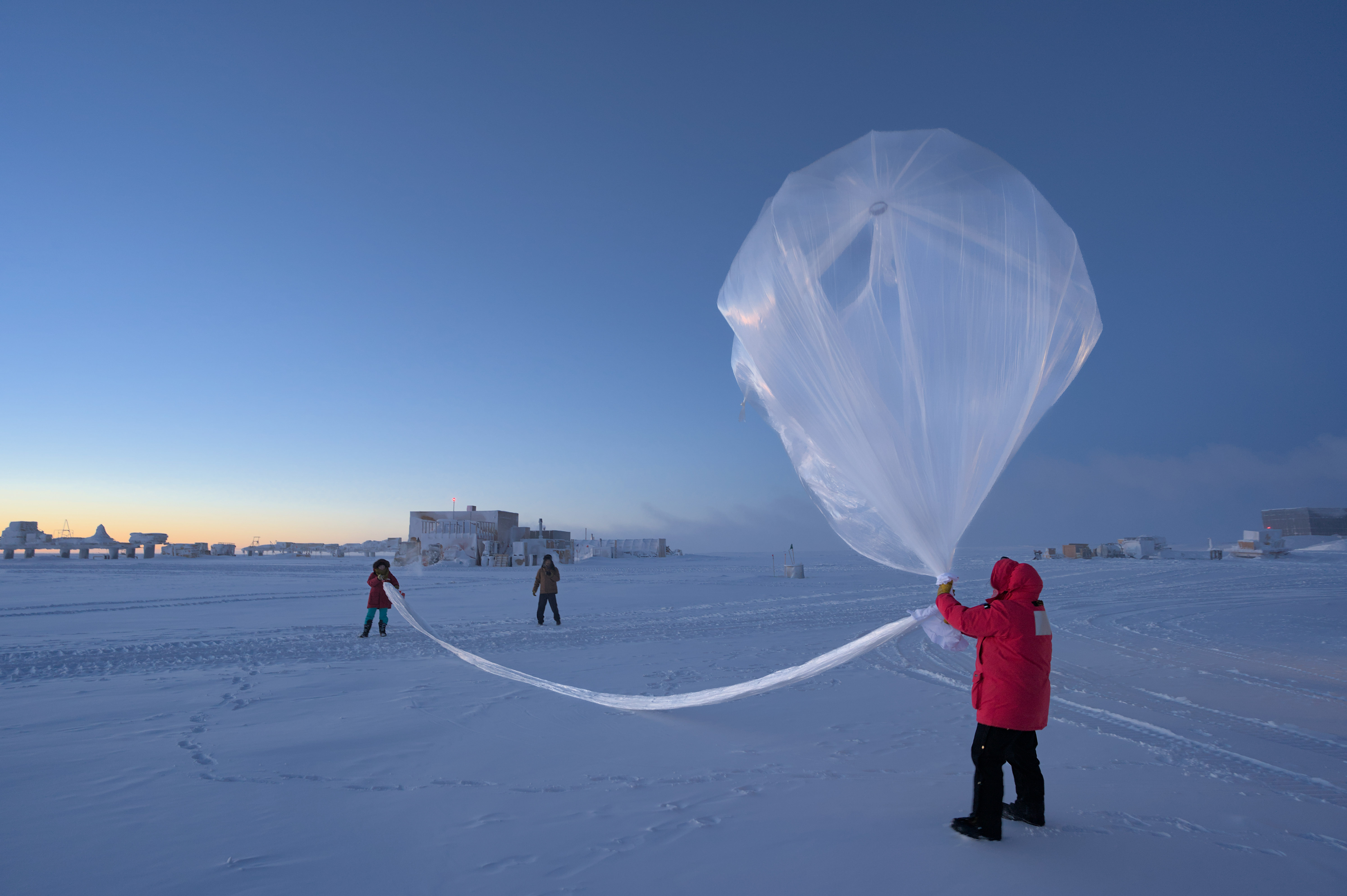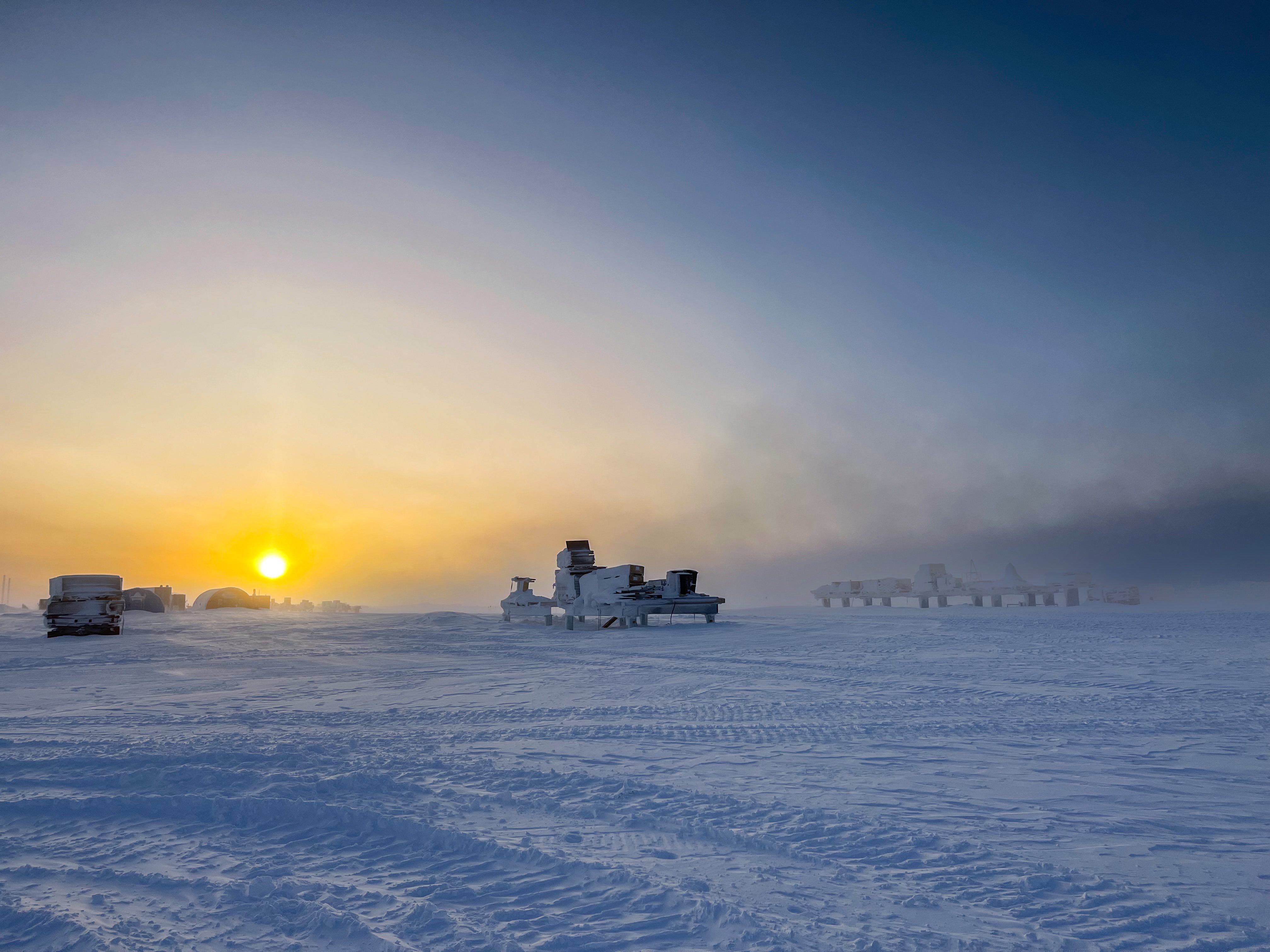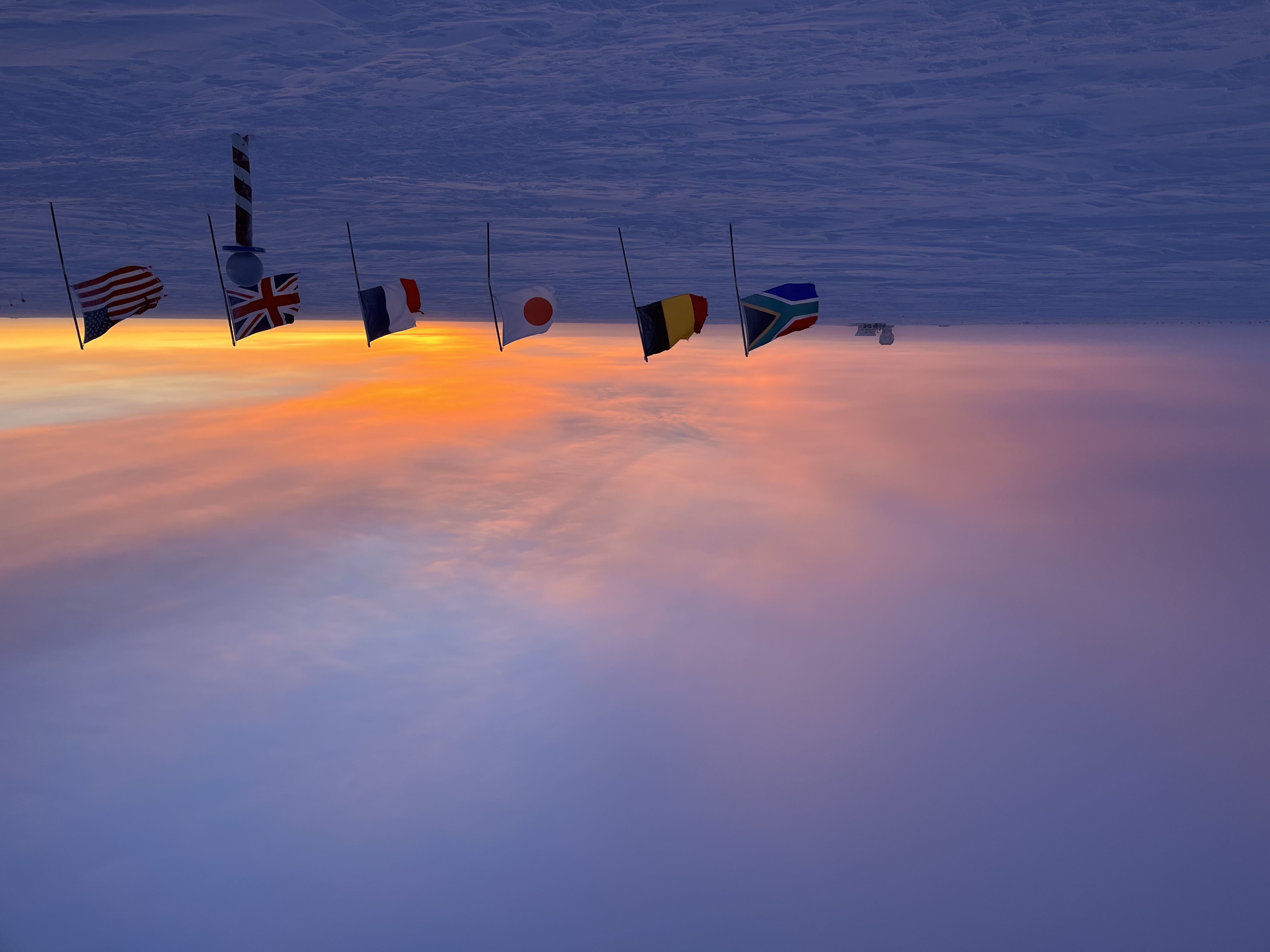By Bryan Johnson, NOAA Global Monitoring Laboratory scientist During September, NOAA’s South Pole balloon-borne ozonesondes showed a typical, rapid decline in ozone. Total column ozone dropped to 127 Dobson Units on September 27, a 53 percent loss compared to the August 10 profile measuring 272 Dobson Units. The annual ozone hole begins when the rising… Read More
By Irina Petropavlovskikh, CIRES and NOAA Global Monitoring Laboratory scientist The 2023 Antarctic ozone hole is taking shape as we move into this year’s ozone depletion season. Stratospheric temperatures are staying cold (similar to temperatures at this time in 2022). The sun is rising quickly (since the September 21-22 equinox) and activating chlorine, which initiates… Read More
‘First bit of orange glow’ greets NOAA crew at South Pole By Karin Vergoth, Communications specialist at NOAA’s Global Monitoring Laboratory and the Cooperative Institute for Research in Environmental Sciences (CIRES) at CU Boulder After six months of darkness, the return of the sun at the South Pole signals the arrival of spring in the Southern… Read More
By Irina Petropavlovskikh, Secretary of the International Ozone Commission and a CIRES and NOAA scientist September 16 is the International Day for the Preservation of the Ozone Layer, celebrating the anniversary of the 1987 signing of the Montreal Protocol on Substances that Deplete the Ozone Layer. The Montreal Protocol is the globally ratified treaty that… Read More




